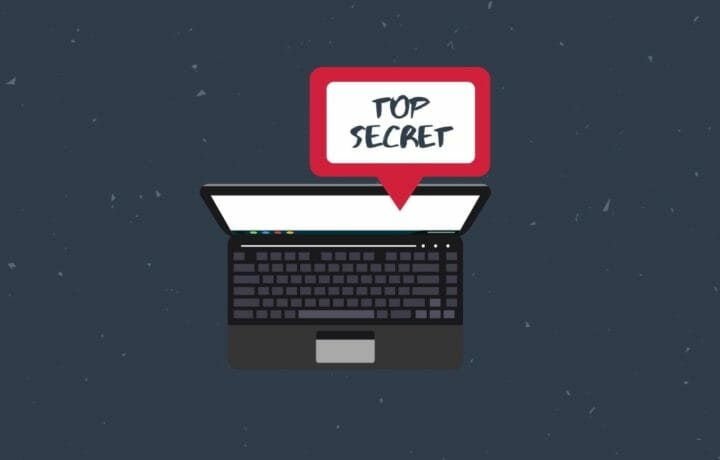When it comes to protecting sensitive information, companies are increasingly looking inside their own four walls for the source of leaks and malicious attacks. Wikileaks shed light on the impact a single individual could have, with Pfc. Bradley Manning’s alleged release of thousands of classified cables. Government agencies and private companies are growing increasingly vigilant, and looking for new solutions to monitor employee activities.
The Transportation Security Administration recently issued a contract solicitation for software to monitor employee’s activity online. The TSA is looking to monitor keystrokes, emails, attachments, screen captures, and site visits. TSA officials said it isn’t just employee behavior they’re concerned about, but the entrance of malicious software, perhaps unknowingly.
The issue of employers potentially monitoring or screening job seekers social media profiles has been in the news over the past several months. Several states, including Maryland, have since issued social media user name and password privacy protection. But despite these efforts to keep individual profiles under wraps, employers are still free to monitor employees online activities at work, and on their network.
The topic of the risk insiders pose to classified information also came up at a recent Senate security clearance reform hearing.
“Someone who doesn’t have a clearance doesn’t have access to the crown jewels,” said Charles Sowell, ODNI’s deputy assistant director for special security. “The people who are inside the system with access to our most sensitive secrets are the populations that we are the most concerned about.”
In addition to who has access to what officials are also looking into classification levels, and whether certain positions should require security clearances at all. With over 4.2 million clearance holders, the Government Accountability Office noted the cost savings, alone, is a significant motivation to lower classification levels and decrease the number of classified positions.
“The cost of getting and maintaining a top secret clearance for 10 years is almost 30 times greater than the cost of getting and maintaining a secret clearance for the same period,” GAO officials noted.
Lindy Kyzer is the editor of ClearanceJobs.com. She loves cybersecurity, social media, and the U.S. military. Have a conference, tip, or story idea to share? Email editor@clearancejobs.com.



